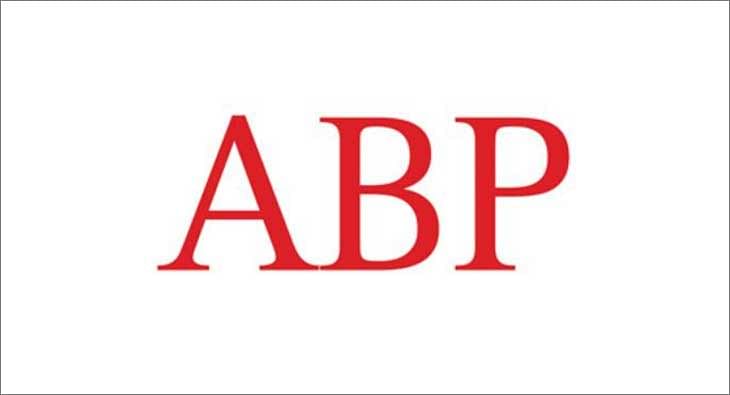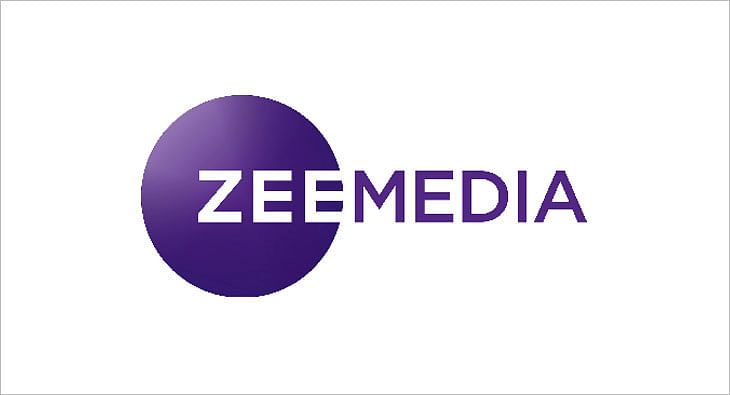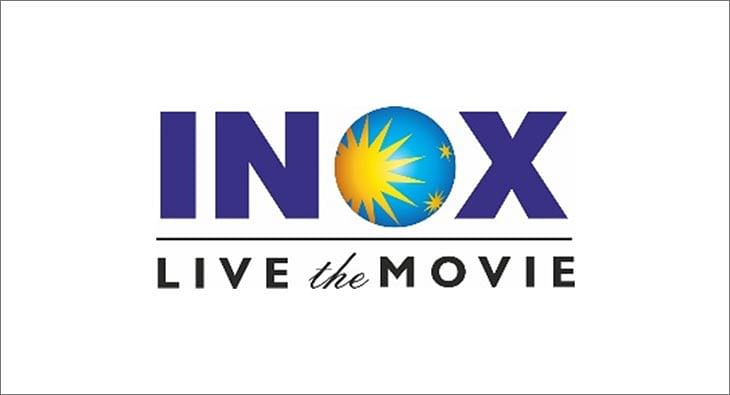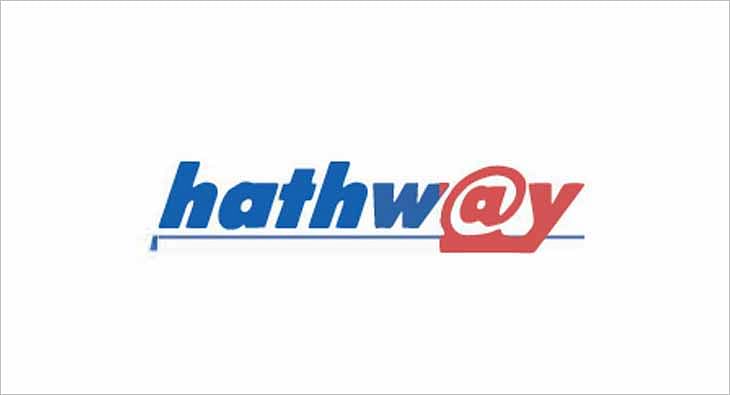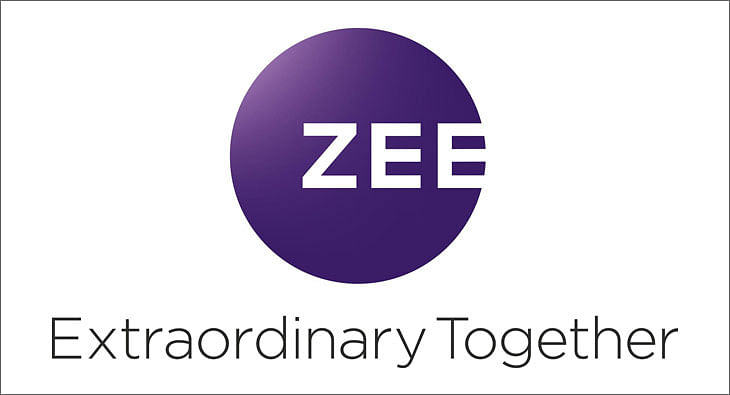M&E industry grew by 13 per cent to reach Rs. 1.5 trillion in 2017: FICCI-EY report 2018
With its current trajectory, it is expected to cross Rs. 2 trillion (US$31 billion) by 2020, at a CAGR of 11.6 per cent. The FICCI-EY report 'Re-imagining India's M&E sector,' was launched on Sunday at FICCI Frames 2018 in Mumbai and captured key insights from the exciting and fast-growing Indian M&E sector

The Indian Media and Entertainment (M&E) sector reached almost Rs. 1.5 trillion (US$22.7 billion) in 2017, a growth of around 13 per cent over 2016. With its current trajectory, it is expected to cross Rs. 2 trillion (US$31 billion) by 2020, at a CAGR of 11.6 per cent. The digital segment led growth demonstrated that advertising budgets are in line with the changing content consumption patterns. The FICCI-EY report 'Re-imagining India's M&E sector,' was launched on Sunday at FICCI Frames 2018 in Mumbai and captured key insights from the exciting and fast-growing Indian M&E sector.
The M&E sector continues to grow at a rate faster than the GDP growth rate, reflecting the growing disposable income led by stable economic growth and changing demographics. The report states that subscription growth outpaced advertising growth in 2017 but advertising will continue to grow till 2020 led by digital advertising. The report estimates that approximately 1.5 million consumers in India today are digital only and would not normally use traditional media. It is expected that this customer base will to grow to ~4 million by 2020 generating significant digital subscription revenues of approximately 20 billion. Going forward, micropayments, enabled through the Unified Payment Interface (UPI) and Bharat Interface for Money (BHIM) platforms developed by the National Payments Corporation of India (NPCI) will further accelerate subscription revenues for entertainment content.
FICCI President Mr. Rashesh Shah said that Indian Media and Entertainment (M&E) industry has been hitting new milestones and has onto a matured phase at a growth rate of 11.6 per cent CAGR. 
Farokh Balsara, Partner and M&E Leader, EY India, stated, "Indian M&E sector reached INR1.5 trillion in 2017 led by digital. With digital subscribers expected to reach 20 million by 2020, has Indian M&E reached its digital tipping point? We now need to re-imagine the future of Indian M&E sector."
Ashish Pherwani, Partner and M&E Advisor Leader, EY India, said, "Growth in 2017 was led by the digital, film & animation and VFX segments. We expect sectors like digital and gaming to grow between two to three times by 2020."
"The need is to promote India as an entertainment hub to the world, facilitate policy change for the betterment of the Indian M&E industry as well as create and encourage a platform for Business-to-Business interface and dialogue," added Mr. Shah.
The key findings of the report for various industries are these:
Television:
The TV industry grew from Rs. 594 billion to Rs. 660 billion in 2017, a growth of 11.2 per cent (9.8 per cent net of taxes.) Advertising grew to Rs. 267 billion while distribution grew to Rs. 393 billion. Advertising comprised 40 per cent of revenues while distribution was 60 per cent of total revenues. At a broadcaster level, however, subscription revenues (including international subscription) made up approximately 28 per cent of revenues.
Key Insights- While advertising is 41 per cent of the total revenues today, the report expects it to grow to 43 per cent by 2020. There are over 30 per cent households in India which are yet to get television screens, but being at the bottom of the pyramid, these households will tend to move first towards free and sachet products.
Print:
Print accounted for the second largest share of the Indian M&E sector, growing at 3 per cent to reach Rs. 303 billion in 2017. Print media is estimated to grow at an overall CAGR of approximately 7 per cent till 2020 with vernacular at 8-9 per cent and English slightly slower. This growth is expected despite the FDI limit remaining unchanged at 26 per cent and therefore, restricting access to foreign print players and the imposition of GST at 5 per cent on the advertising revenues of the print industry for the first time in history. While magazines contributed 4.3 per cent to the total print segment, the segment was at largely status quo with not many significant new launches in 2017.
Key Insights- Today, 98 per cent of readers read dailies and 20 per cent read magazines. Reader base is 395 million, or 38 per cent of the population. Readership has grown by 110 million over the last 3 years. Rural (52 per cent) reader base is larger than urban (48 per cent). 44 per cent of children (aged 12 to 17 years) read a newspaper or magazine. Magazines have a higher readership in urban areas (57 per cent) as compared to rural areas (43 per cent).
Films:
The Indian film segment grew 27 per cent in 2017 on the back of box office growth, both domestic and international, coupled with increased revenues from the sale of satellite and digital rights. All sub-segments, with the exception of home video, grew and the film segment reached Rs. 156 billion in 2017. The Hindi films comprise the majority component of the Indian film segment. They contribute almost 40 per cent of the net domestic box office (BO) collections annually, despite comprising only 17 per cent of the films made. Films in 29 other Indian languages account for approximately 75 per cent of the films released but they contribute approximately 50 per cent to the annual domestic box office collections. Hollywood and international films comprise the balance. The top 50 films contributed approximately 97.75 per cent of the total net box office collection. Box office collections of the top 50 films grew by 11.60 per cent in 2017.
Key Insights- Regional movies drove the growth in the number of releases in 2017. Screen count increased from 9,481 in 2016 to 9,530 in 2017. The number of Hindi movies crossing the Rs.1 billion mark was highest in 2017 in the past five years. From 31 movies in 2016, Hindi dubbed movies increased more than three times to 96 in 2017.
Digital media:
Digital media has grown significantly over the past few years and continues to lead the growth charts in advertising. Subscription revenues are emerging and are expected to make their presence felt by 2020. In 2017, digital media grew 29.4 per cent (27.8 per cent net of the impact of GST) on the back of a 28.8 per cent growth in advertising and a 50 per cent growth in the subscription. Subscription, which was just 3.3 per cent of total digital revenues in 2016, is expected to grow to 9 per cent by 2020.
Key Insights- 250 million people viewed videos online in 2017 and expected to double to 500 million by 2020. Around 40 per cent of total mobile traffic came from the consumption of video services in 2015. This figure is expected to touch 72 per cent by 2020. 93 per cent of time spent on digital videos is in Hindi and other regional languages. OTT subscription in India is expected to touch Rs. 20 billion by 2020.
M&A in M&E
The Indian M&E sector witnessed a relatively new trend in deal activity with emerging segments such as gaming and digital gaining momentum, while the deal activity in the traditional media segments was slower. The slowdown can be partially attributed to challenges faced by the advertising segments of the industry due to demonetization and GST. Overall, the number of transactions in the M&E sector decreased from 56 deals in 2016 to 40 deals in 2017. Further, the total deal value was also lower at US$1,261 million in 2017 compared to US$2,863 million in 2016.
Read more news about (internet advertising India, internet advertising, advertising India, digital advertising India, media advertising India)
For more updates, be socially connected with us onInstagram, LinkedIn, Twitter, Facebook Youtube & Whatsapp
You May Also Like
HT Media posts Consolidated Total Revenue of Rs 580 crore in Q2
Chairperson and Editorial Director Shobhana Bhartia says due to lower commodity prices and control on costs there has been an improvement in operating profit
HT Media has posted a Consolidated Total Revenue for Q2, 2020 at Rs 580 crore.
As per a statement released by the company, EBITDA for Q2’20 increased by 139%, and margins at 14% vis-à-vis 6% in previous year. This has been driven by softening of newsprint prices and continued focus on cost.
The Net Cash position at a consolidated level continues to be strong.
The Print ad revenue has declined due to sluggish volumes, even as yields have improved. National advertising continues to be soft, although local advertising witnessed growth.
Savings in raw material costs have driven improvement in EBITDA margins.
Chairperson and Editorial Director Shobhana Bhartia said, “Slowing economic growth has hit advertising spends in key categories, putting pressure on revenues across the media industry. As a result, our Print and Radio (on like to like basis) businesses saw revenues dip as compared to a year-ago. However, thanks to lower commodity prices and a tight control on costs, we saw an improvement in our operating profit. On the digital front, Shine, our online recruitment portal has shown good progress and continues to grow. Our outlook for the coming quarter remains cautious, given overall economic sentiment and macroeconomic trends. Cost-control and falling commodity prices should help protect our margins.”
Read more news about (internet advertising India, internet advertising, advertising India, digital advertising India, media advertising India)
For more updates, be socially connected with us onInstagram, LinkedIn, Twitter, Facebook Youtube & Whatsapp
ABP Group posts Rs 15.70 crore as net profit in Q1 FY20
The group’s total operating income stands at Rs 365.55 crore
ABP Group has posted a net profit of Rs 15.70 crore in the first quarter of FY20, as per media reports.
The group’s total operating income stands at Rs 365.55 crore.
It’s net profit for the fiscal ended March 31, 2019, was down 68% to Rs 31.90 crore compared to the previous fiscal.
The Profit Before Interest Lease Depreciation and Tax (PBILDT) has also dropped 53.52% to Rs 107.12 crore.
The group has six news channels - ABP News (Hindi), ABP Ananda (Bengali) ABP Majha (Marathi) and ABP Asmita (Gujarati), ABP Sanjha (Punjabi) and ABP Ganga (Hindi).
Read more news about (internet advertising India, internet advertising, advertising India, digital advertising India, media advertising India)
For more updates, be socially connected with us onInstagram, LinkedIn, Twitter, Facebook Youtube & Whatsapp
Zee Media posts consolidated revenue of Rs 137.03 crore for Q2 FY20
ZMCL has recorded 4.4% growth in operating revenue for first half of FY20
Zee Media Corporation Ltd (ZMCL) has posted a 4.4 per cent growth in operating revenue to Rs 337.6 crore in the first half of FY20, as per media reports.
It has reported a consolidated revenue of Rs 137.03 crore for Q2 FY20.
In a statement, ZMCL has said: “During the quarter, the network expanded its footprint s into Southern India through the launch of Zee Hindustan in Tamil and Telugu languages. This is intended to make the network's content accessible to wider audience.”
The operating expenditure in Q2FY20 has dropped by 21.7 per cent.
The statement further said: “EBITDA for HlFY20 improved by 34.1 per cent to Rs 1,029 million from Rs 767.5 million EBITDA for H1FY19, while the same declined by 9.4 per cent to Rs 370.2 million from Rs 408.7 million for the corresponding period last financial year. EBITDA Margin grew from 23.7 per cent in H1FY19 to 30.5 per cent in HlFY20, while growing from 24.2 per cent in Q2FY19 to 27 per cent in Q2FY20.”
Read more news about (internet advertising India, internet advertising, advertising India, digital advertising India, media advertising India)
For more updates, be socially connected with us onInstagram, LinkedIn, Twitter, Facebook Youtube & Whatsapp
No slowdown here: In-cinema ad rates up by at least 50% for 3 big Diwali releases
Housefull 4, Made In China and Saand Ki Aankh ready to hit the silver screen this week, with the hopes of giving brands the eyeballs they look for in theatres
It’s that time of the year again when theatres gear up to pocket maximum gains. Diwali is here and there are three films ready to hit the silver screen this week--Housefull 4, Made In China and Saand Ki Aankh. The festive period brings much joy to exhibitors, distributors and theatre owners because it ensures footfalls, giving brands the eyeballs they look for. In fact, industry experts don’t feel that economic slowdown this year has impacted in-cinema advertising. While they are concerned about three movies clashing during Diwali, they predict 50-100 per cent rise in ad rates during this period.
Advertising moolah
Mohan Umrotkar, CEO, Carnival Cinemas, is expecting 60-70 per cent surge in advertisement topline compared to last year. “Going by the buzz and advance booking for these three releases, market is bullish. Advertisers have blocked most of the advt-slots during the festival period. Housefull 4, Made In China and Saand Ki Aankh all combined together should generate around Rs 350 crore topline at the box office during the festival week. We are expecting 60-70 per cent surge in the advertisement topline from last year. Also, this year we have added around 14 per cent new advertisers, and 4 per cent of them are first-time cinema advertisers,” he says.
But according to Siddharth Bhardwaj, Chief Marketing Officer - Head of Enterprise Sales, UFO Moviez, things have changed a lot in the last couple of years. “Since some films have not really lived up to their expectation, advertisers are spreading the spends all through the year. They are picking up far more number of titles in the year rather than focusing only on Diwali or Eid.”
“It is good for the industry because you can monetise the inventories beyond just big weeks. A lot of content- driven films have come up which has given us the opportunity to monetise more markets. It has put lesser pressure on Diwali. Most of the cinemas are sold out for Diwali. It becomes difficult to accommodate everything,” Bharadwaj opines. He also reveals that for this week, the inventories are already full.
Diwali ad rates
Experts reveal that ad rates differ from property to property and depends on location as well. But Diwali surely sees a massive hike in rates. This year, theatre owners are expecting 100 per cent rise in ad rates. While Umrotkar revealed that for Diwali, they are charging 100 per cent higher than the regular card rates, Girish Johar, trade analyst and film producer, shared that even the rates for putting up kiosks of brands go up during festivals like Diwali.
“It’s based on property. On a ballpark, ad rates double up. So if you are putting up a kiosk, they charge say Rs 50,000-25,000 for a month. During Diwali, they charge almost double because of the kind of footfalls theatres witness,” Johar revealed.
Economic slowdown? Not for Cinema!
This year, brands have been pulling back their spends on other mediums due to economic slowdown, but cinema seems unaffected. Calling entertainment business recession-proof, Johar explains, “If you see the other side, box office is up by 15-20 per cent. Yes, it is a bit subdued because the brands are in a wait-and- watch scenario. They are increasing their focus around consumption rather than awareness.”
Bharadwaj too seconded it by saying, “These are challenging times but our medium is very efficient. If you see economy has slowed down, but the cinema has grown instead.”
Clash cover
Three movies are clashing this Diwali which means shared screens and box office gains.
“It’s never good for us when two or more big-ticket films release together. If they would have come on different dates, there are chances that more advertisers will take advt. inventory in those weeks separately instead of that one particular week,” shares Umrotkar.
Read more news about (internet advertising India, internet advertising, advertising India, digital advertising India, media advertising India)
For more updates, be socially connected with us onInstagram, LinkedIn, Twitter, Facebook Youtube & Whatsapp
INOX Leisure Ltd sees 42% growth in total revenue
Profit After Tax up 327% to Rs 51 crore
INOX Leisure Ltd (INOX) has reported financials for the second quarter ending September 2019.
Its total revenue has risen to Rs 524 crore with a 42% growth from Rs 369 crore in the corresponding quarter in FY19. Its EBITDA has more than doubled to Rs 107 crore with a 121% growth, while the PAT stood at an impressive Rs 51 crore, up 327% from previous year’s second quarter.
Siddharth Jain, Director, INOX Group, said: “At INOX, setting new benchmarks is now a routine, thanks to our consistently sharp focus on luxury, service and technology and our uncompromised desire to offer our patrons, nothing but the latest and the best! We are delighted with our remarkable consistency on all parameters, and we are sure about maintaining the momentum and focus on innovativeness. Content once again proved that why we term it as the ‘hero’. Thanks to the creators of such spellbinding movies, which keep inviting our guests to our properties, and allowing us to pamper them with our signature hospitality. With the launch of Megaplex, we are delighted to further our endeavor of developing experience-driven cinema destinations of global standards, and we will continue to do so. On behalf of Team INOX, I assure all our stakeholders that we will continue to break barriers and exceed all expectations.”
Read more news about (internet advertising India, internet advertising, advertising India, digital advertising India, media advertising India)
For more updates, be socially connected with us onInstagram, LinkedIn, Twitter, Facebook Youtube & Whatsapp
Hathway Cable & Datacom reports 100% subscription collection efficiency in Q2
The broadband subscriber base has increased from the previous quarter’s 840,000 to 860,000
Hathway Cable and Datacom has reported subscription collection efficiency at 100%, and the broadband subscriber base has increased from previous quarter’s 840,000 to 860,000 in quarter ending September, as per media reports.
It has narrowed its consolidated net loss by 74% and the operating EBITDA has been reported 15% up to Rs 107.5 crore compared to Rs 93.1 crore a quarter ago.
The total income has dropped 2%, while the expenditure is down 6%.
In the financial results, the company has said the FTTH markets are leading growth in customer acquisition.
Read more news about (internet advertising India, internet advertising, advertising India, digital advertising India, media advertising India)
For more updates, be socially connected with us onInstagram, LinkedIn, Twitter, Facebook Youtube & Whatsapp
ZEEL posts 7.4% YoY growth in total revenue for Q2 FY20
ZEEL's domestic advertising revenue has grown 1.4% YoY in Q2FY20
Zee Entertainment Enterprises Limited (ZEEL) has reported a consolidated revenue of Rs 2,122 crore for the second quarter of FY20, recording a growth of 7.4% on YoY basis.
The Earnings Before Interest, Tax, Depreciation and Amortization (EBITDA) was recorded as Rs 692.9 crore with an EBITDA margin of 32.7%. PAT for the quarter was Rs 413.2 crore. The Profit After Tax (PAT) for the quarter was Rs 413.2 million, with a growth of 6.9% YoY.
During the second quarter, ZEEL’s consolidated advertising revenue grew by 1.2% YoY to Rs 1,224.7 crore. The domestic advertising revenues grew by 1.4% YoY to Rs 1169 crore.
ZEEL has posted 26.8% YoY growth in Q2FY20 domestic subscription revenue. ZEEL’s consolidated subscription revenue grew by 19.0% to Rs 723.5 crore during the quarter.
ZEEL’s total expenditure in Q2FY20 stood at Rs 1429.1 crore, higher by 9.9% YoY compared to Q2FY19.
While ZEE5 recorded a peak DAU (Daily Active User) base of 8.9 million in September 2019, ZEE5 users watched an average of 120 minutes of content on the platform in the same month.
During Q2 FY20, the television network had an all-India viewership share of 18.4%.
During the quarter, ZEEL’s international business revenue was Rs 208.2 crore. The advertising and subscription revenues for international business declined by 4.0% YoY and 21.5% YoY, respectively.
Zee Music Company has registered 7.1 billion views on YouTube in Q2.
Punit Goenka, Managing Director and CEO, ZEEL, said, “I am pleased with the performance we have exhibited during the quarter. Our entertainment portfolio continues to grow from strength to strength across all formats and maintained its leading position. Our television network has emerged stronger post the implementation of tariff order on the back of a strong customer connect and brand pull of its channels. ZEE5 continued to gain traction across audience segments and markets, driven by its compelling content library and expanding list of partnerships across the digital eco-system. This strong operating performance allowed us to deliver industry leading growth in both advertising and subscription despite the tough macro-economic environment. Domestic subscription growth of 27% has reaffirmed the value proposition our television network has built over the years. The impact of tariff order has now largely settled down and has brought increased transparency along with improved monetization. Our domestic advertising revenue growth, though significantly lower than historical trend, is higher than the industry growth. We have witnessed an improvement in ad spends through the quarter and we believe that the onset of festive season along with measures taken by the government will help revive the consumption growth.”
Read more news about (internet advertising India, internet advertising, advertising India, digital advertising India, media advertising India)
For more updates, be socially connected with us onInstagram, LinkedIn, Twitter, Facebook Youtube & Whatsapp




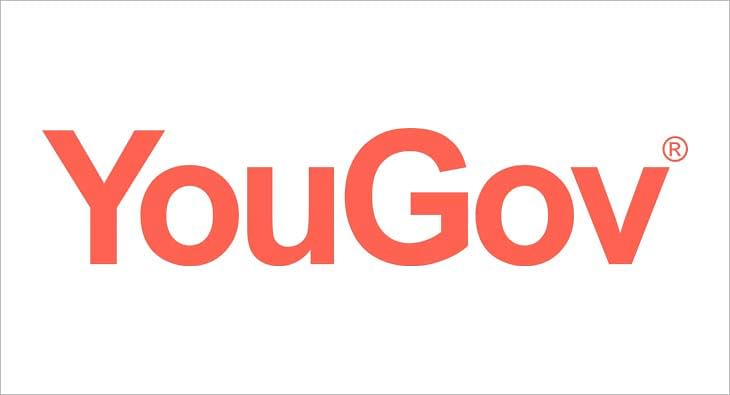
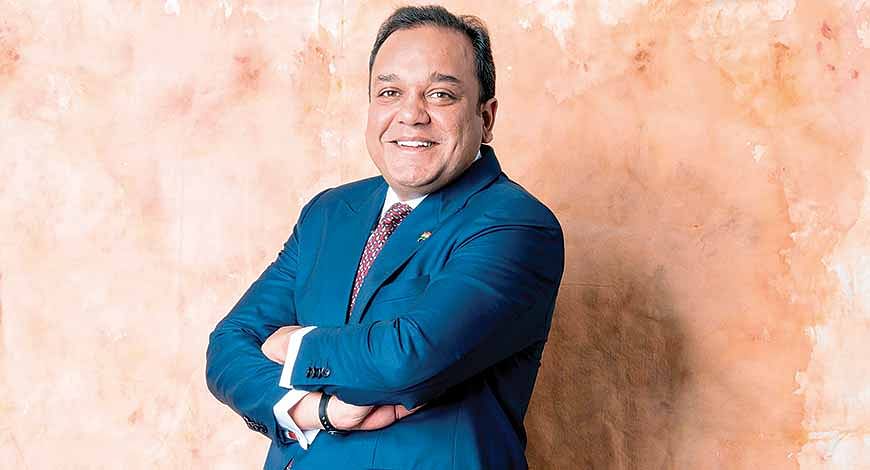
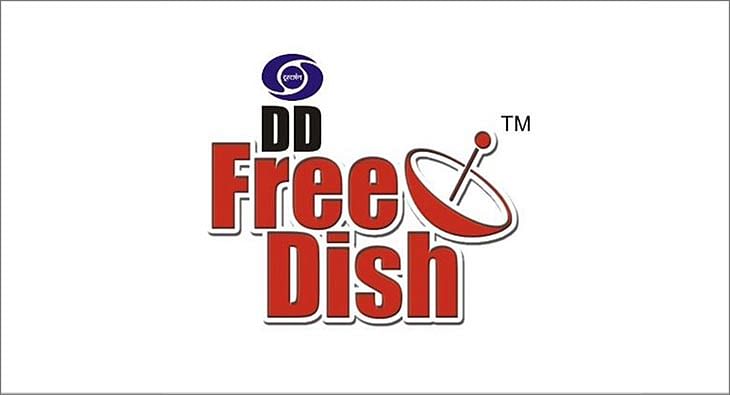







 Share
Share